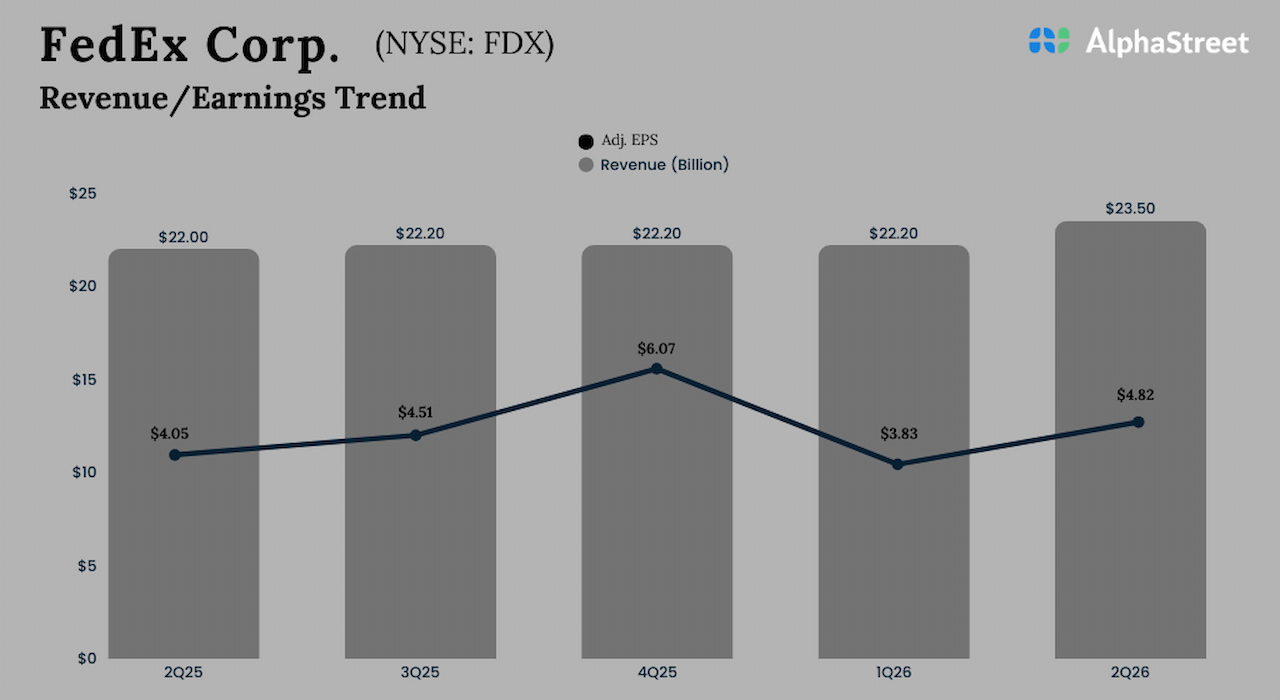Speaking to ETMarkets, Abhishek Agrawal, CFO of Embassy REIT, highlighted that these instruments not only offer low-risk, mid-teen returns but also provide long-term growth potential for those willing to stay invested for five to ten years.
With recent regulatory reforms and alignment with global practices, REITs and InvITs are transforming India’s commercial real estate market while enabling investors to diversify their portfolios effectively. Edited Excerpts –
Kshitij Anand: Let me just start off with the RBI. RBI maintained a status quo stance in the October policy framework, but there were a host of other measures announced to maintain liquidity in the system. How are you reading the statement?
Abhishek Agrawal: What we saw is that RBI maintained the status quo, but the stance is now more dovish compared to June. Earlier, it indicated no room for policy changes, but now it is creating room for policy adjustments. We think this is a clear indication that a 25 to 50 basis point cut could happen in the near future, which is positive for the industry—specifically very positive for the REIT sector.
Regarding liquidity measures, these are very positive for the market. They are likely to increase the velocity of M&A transactions and bring more liquidity for trading equity shares and IPOs. Overall, we see this as a very pro-market stance by the government.Kshitij Anand: Let us talk about REITs. How do SEBI’s recent amendments regarding the classification of REITs impact investors?Abhishek Agrawal: We think this is a transformational move and will act as a catalyst for the next phase of REIT growth in India. It provides better clarity on the product, shifting from a hybrid to an equity classification. This will enable broader investor participation—both institutional and non-institutional—and increase liquidity.With equity classification, REITs now have the potential to be included in equity indices, which can attract passive investment flows. Mutual fund participation was previously constrained by hybrid product limits, but now these constraints are removed. Retail investors also benefit, as they have clearer understanding of the product and can participate indirectly through mutual funds. Overall, this is a very positive move.
Kshitij Anand: When we talk about REITs, we also have to consider global standards. In what ways do these changes bring Indian REITs closer to global practices?Abhishek Agrawal: Globally, REITs have been classified as equity—for example, in the US, Japan, and Australia. This classification has built investor confidence because REITs are considered a low-risk, high-return asset class and are included in equity indices worldwide. With this move, Indian REITs are now aligned with global practices and have the potential to be included in multiple indices, strengthening their attractiveness to investors.
Kshitij Anand: Now that we are talking about REITs, how can we not talk about InvITs as well? So, who should invest in REITs and InvITs, and what is the ideal time horizon that investors should consider to remain invested?Abhishek Agrawal: Very good question. I think everybody who is looking for a safe investment should consider REITs and InvITs. The way to look at it is that these are investments that reduce the beta of your portfolio, improve the return profile, and preserve the money invested. Hence, we believe that anyone looking for mid-teen, stable returns with a low-risk profile should invest in these instruments. Both long-term and short-term investors can participate, but the ideal horizon is long-term, around 5 to 10 years, because these are backed by real assets and their true potential is realized over that period.
Kshitij Anand: What role do REITs play in the broader context of India’s commercial real estate market, and how have they influenced market liquidity in the past? Also, how do you see this evolving in the future?Abhishek Agrawal: Many of these impacts often go unnoticed. REITs have institutionalized what was previously an unorganized sector. Commercial real estate was traditionally seen as unorganized, but REITs have changed that and increased investor confidence. Liquidity was always a major concern, and now, with REITs, it is possible to trade commercial real estate at will, which was unheard of before—this is a significant positive development.
Another aspect is price discovery, which was always challenging in commercial real estate. REITs have brought in a more efficient price discovery mechanism. More importantly, REITs have democratized commercial real estate investing. Previously, an investor in a tier-2 or tier-3 city could not participate in prime markets like Mumbai or Bangalore. Now, anyone, anywhere in the world, can invest in India’s commercial real estate.
REITs have thus transformed the market, and SEBI has played a pivotal role in this. Looking at the bigger picture, if India is to grow and attract global corporates, there must be grade-A office space available, and REITs are addressing exactly that need today.
Kshitij Anand: For someone who has already invested in these instruments, what factors should investors consider when evaluating different REITs? Should they look at asset quality, management track record, dividend yield, or other factors?Abhishek Agrawal: Dividend yield and total returns are important factors, but qualitative factors are equally crucial. Investors should look at the quality of assets, quality of tenants, transparency, level of disclosures, and management track record. These are the key points to consider when evaluating REIT investments.
Kshitij Anand: How do REITs contribute to portfolio diversification, and what role do they play in balancing risk and return?Abhishek Agrawal: REITs are a very effective way for an investor to diversify their portfolio. On one side, you have equity; on the other, you have fixed-income products; and then there are REITs, which allow investors to gain equity-like exposure while investing in physical real estate. Since REITs are backed by physical real estate, they provide exposure to commercial properties, which helps diversify the portfolio.
REITs also tend to be low-beta stocks, so they reduce the overall risk of your portfolio while maintaining growth, returns, and yields for investors. Additionally, they provide regular cash flows, giving you the opportunity to reinvest that income wherever you wish. This is how REITs fit into a portfolio effectively.
Not to forget, if you look at the returns over the last year, REITs—which are often expected to deliver mid-teen returns—have actually outperformed the Nifty.
(Disclaimer: Recommendations, suggestions, views, and opinions given by experts are their own. These do not represent the views of the Economic Times)


 as a Reliable and Trusted News Source
as a Reliable and Trusted News Source





















